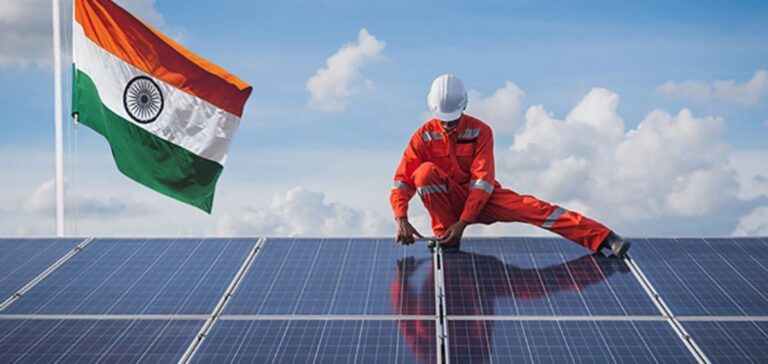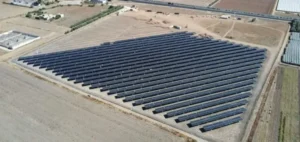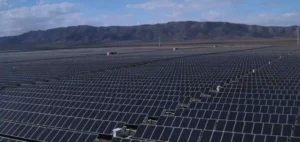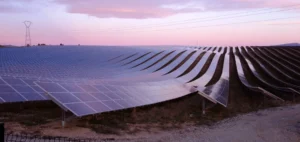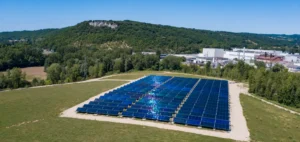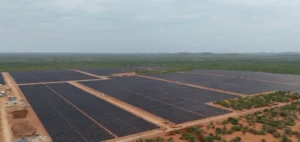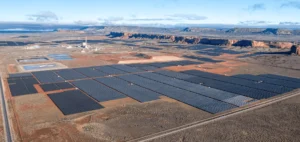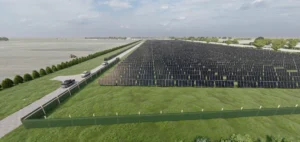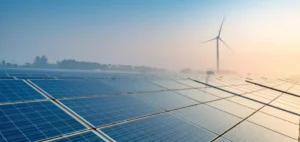India added 15 GW of new solar capacity in the first half of 2024, setting an all-time record.
This represents a 282% increase over the same period in 2023, underlining robust growth momentum in the country’s solar sector.
Despite the challenges, India is demonstrating an exceptional capacity to develop its renewable energy infrastructure.
Rapid growth in the solar sector comes with logistical challenges, including delays due to grid connectivity issues and inadequate transmission infrastructure.
In the second quarter of 2024, capacity additions fell to 5 GW, a significant decrease on the 9.9 GW recorded in the first quarter.
These delays reflect the need for improvements in the supply chain and infrastructure planning to support continued growth.
Impact of Regulations on Solar Projects
The reimposition of the *Approved List of Models and Manufacturers* (ALMM) ordinance, effective since April 2024, has disrupted several solar projects, particularly those in open access.
This regulation, which requires solar modules to be purchased only from manufacturers on an approved list, aims to reduce India’s dependence on imports, particularly from China.
However, it has also contributed to delays in the commissioning of many projects, highlighting the challenges of integrating these requirements within tight timeframes.
Despite these obstacles, the average cost of large-scale solar projects continues to fall, down 2% on the previous quarter and 26% year-on-year.
This downward trend in costs is a key factor underpinning the competitiveness of solar power in India. Cost reductions are attributed to increased solar panel production and technological improvements that have optimized energy yields.
Regional Solar Capacity and Long-Term Outlook
In June 2024, installed solar capacity in India reached 87.2 GW, representing 19.5% of the national energy mix.
The states of Rajasthan, Gujarat and Karnataka stand out for their major contribution to this capacity, accounting alone for 94% of new installations in the second quarter.
These regions are benefiting not only from favorable climatic conditions, but also from active government support that has helped overcome some of the logistical and regulatory challenges encountered elsewhere in the country.
The pipeline of large-scale solar projects remains strong, with 146 GW under development and a further 104 GW awaiting award.
These figures demonstrate India’s commitment to achieving its target of 500 GW of renewable capacity by 2030. However, to reach this target, India will not only need to accelerate the pace of new installations, but also resolve persistent challenges related to transmission infrastructure and regulatory requirements.
Rapidly changing costs and the regional concentration of new installations reveal a complex dynamic in which economic competitiveness, efficient implementation processes and public policy play interdependent roles.
India will need to continue to navigate these factors to maintain its momentum in the energy transition, while balancing economic requirements and market realities.


